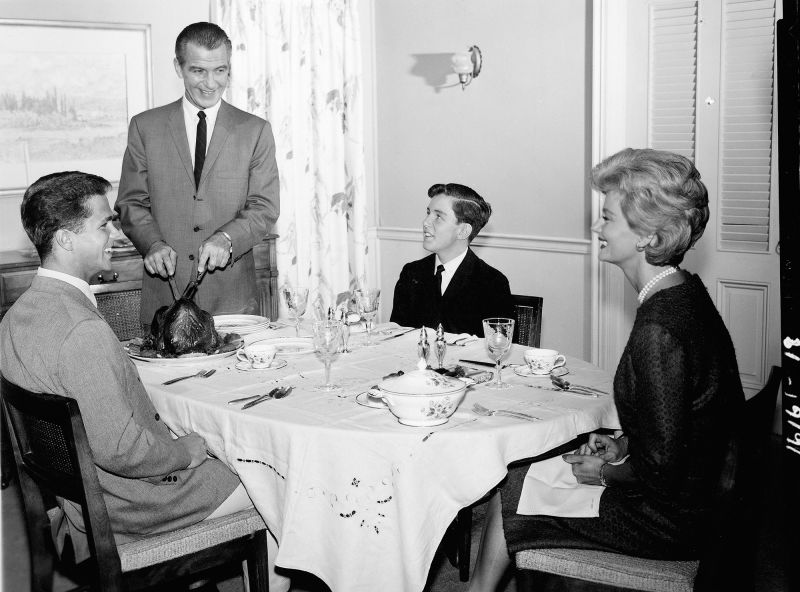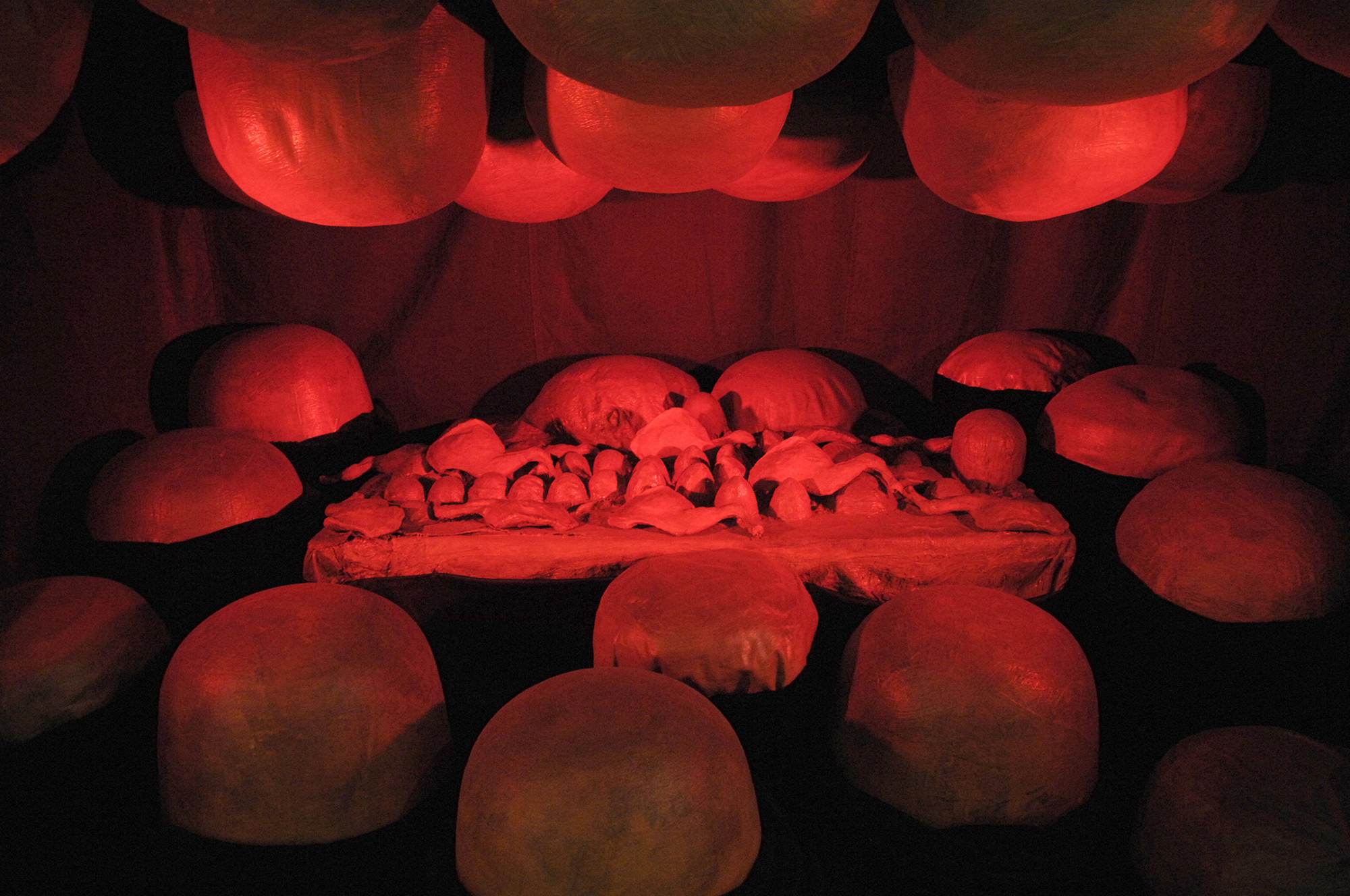In homes across the United States, families sit down around their dining tables to share a meal together known as the Family Dinner. This can be a joyous occasion or a contentious one. Whether you feel warm and fuzzy or grit your teeth at the thought, the family dinner is an opportunity for familial communication that didn't always exist. As dining as a family became an institution in American life, it evolved from being a time for restraint to being a time for expression — an evolution visible in art and film.
Before the late 18th century, it was difficult for American families to dine together regularly, in part because dining rooms and dining tables were not yet a thing. Rooms and tables had multiple uses, and families would eat in shifts, if necessary. If there weren't enough chairs for all members of the family, the men would sit and the women and children might stand, coming and going from the table. (Blame the patriarchy.)
The rise of the American family dinner depended upon the arrival of the dining table, and the dining room, from Europe, where they had been embraced since Elizabethan times. One of the first American homes to have a room specifically meant for dining was Thomas Jefferson's Monticello, built in 1772. The dining room, with the dining table at its center, began to be incorporated into wealthy homes across the country, eventually trickling down to the middle class.
From the mid-19th century onward, the dining room was used as a place to cultivate a sense of family. Now that there was a designated space (and enough chairs around the table) for families to dine together, there were also designated family meal times — which Victorian parents used to educate their children on religion, conversation and table manners.
Laid upon the dining table was an expectation that all family members be agreeable, pious and unified. From the Victorian era through the 1950s, this idealistic notion was impressed upon Americans. In 1943, the sociologist James H.S. Bossard wrote that "it is at the dining table, and particularly at dinner time, that the family is apt to be at its greatest ease." The same year, The Saturday Evening Post published Norman Rockwell's Freedom from Want, in which a family dining around a Thanksgiving table represents the strength of American values during World War II. The painted subjects not only have food, but are almost relentlessly happy, smiling pointedly at each other and the viewer.

